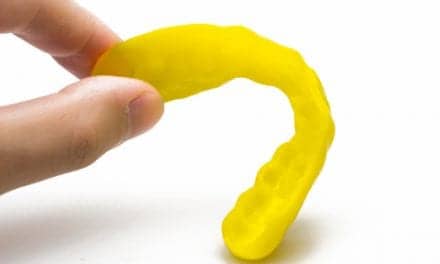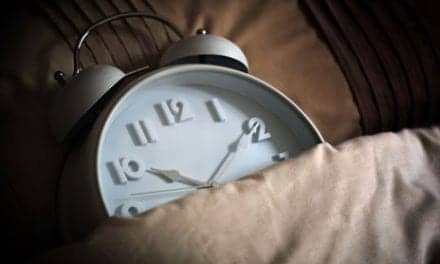
In the “citizen science” project conducted by researchers at NYU Tandon School of Engineering, volunteer participants controlled a small boat monitoring the polluted Gowanus Canal in Brooklyn by performing hand and arm motions using the Microsoft Kinect motion capture system. (Photo courtesy of NYU Tandon, PLoS ONE)
NYU Tandon School of Engineering researchers report their use of volunteers including physical therapy and rehabilitation patients in a “citizen science” project, in which the repetitive exercises the patients were already doing were employed to collect and analyze data.
“Citizen science” is how people with little or no scientific training can voluntarily participate in research projects, notes a media release from NYU Tandon School of Engineering.
In this particular project, the NYU Tandon scientists employed the volunteer participants to environmentally map the polluted Gowanus Canal in Brooklyn via a miniature instrumented boat. All the participants received a Microsoft Kinect motion capture system, which they used to perform hand and arm motions. These motions helped control the boat’s functions as well as capture the necessary data for the project, according to the release.
As an example of controlling the boat via repetitive exercises, the patients were asked to control thruster speed and steering angle by lifting one arm away from the trunk and using wrist motions.
The scientists state in the release that a benefit of employing volunteers such as physical therapy and rehabilitation patients to contribute to citizen science in this way is that the patients can perform what can sometimes be boring or painful exercise regimes in a more appealing yet still therapeutic way.
“The study constitutes a first and necessary step toward rehabilitative treatments of the upper limb through citizen science and low-cost markerless optical systems,” explains Maurizio Porfiri, a professor of mechanical and aerospace engineering and a contributor to the project, in the release.
“Our methodology expands behavioral rehabilitation by providing an engaging and fun natural user interface, a tangible scientific contribution, and an attractive low-cost markerless technology for human motion capture,” he adds.
The study, “A Natural User Interface to Integrate Citizen Science and Physical Exercise,” was published in PLoS One.
[Source(s): NYU Tandon School of Engineering, PR Newswire]





